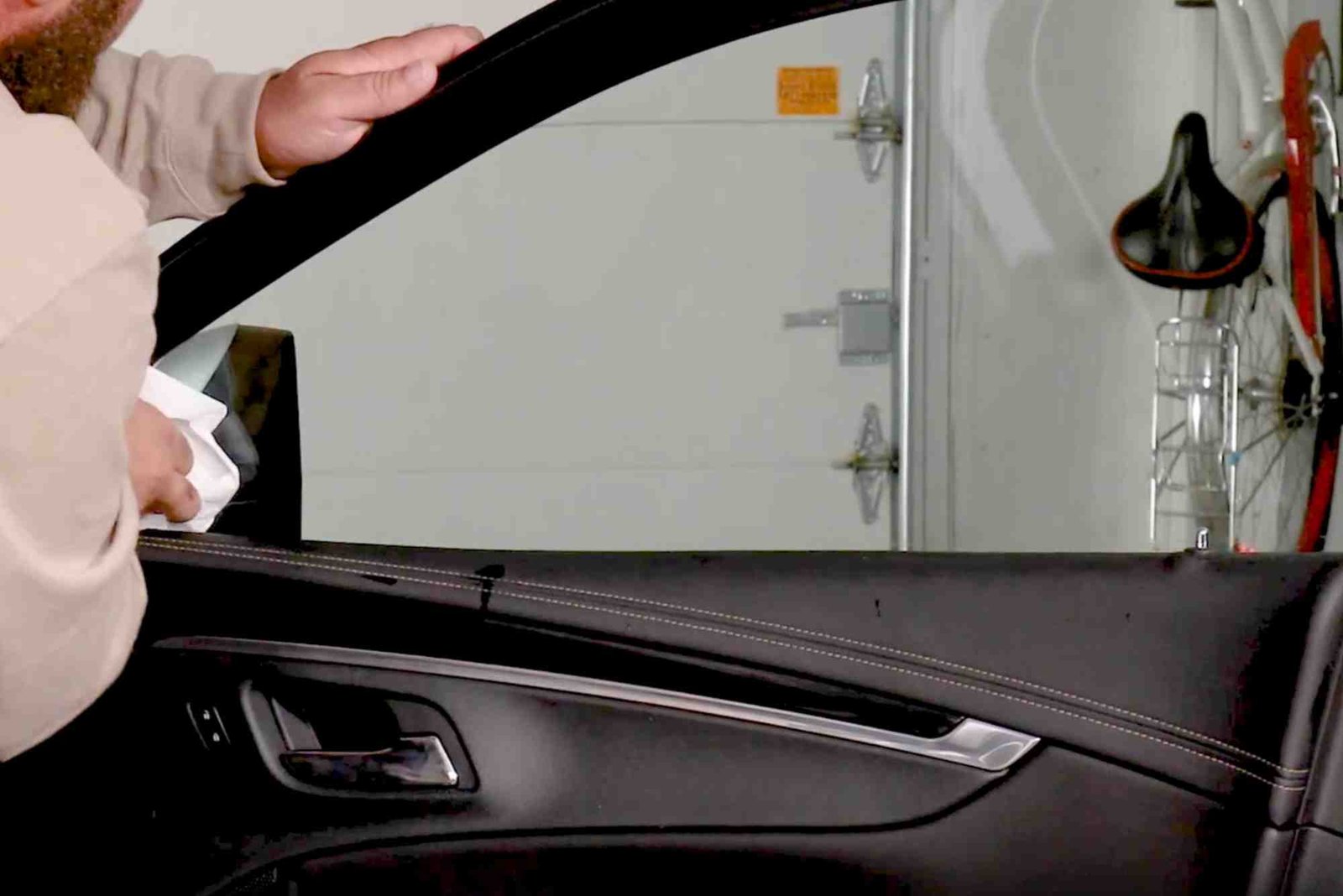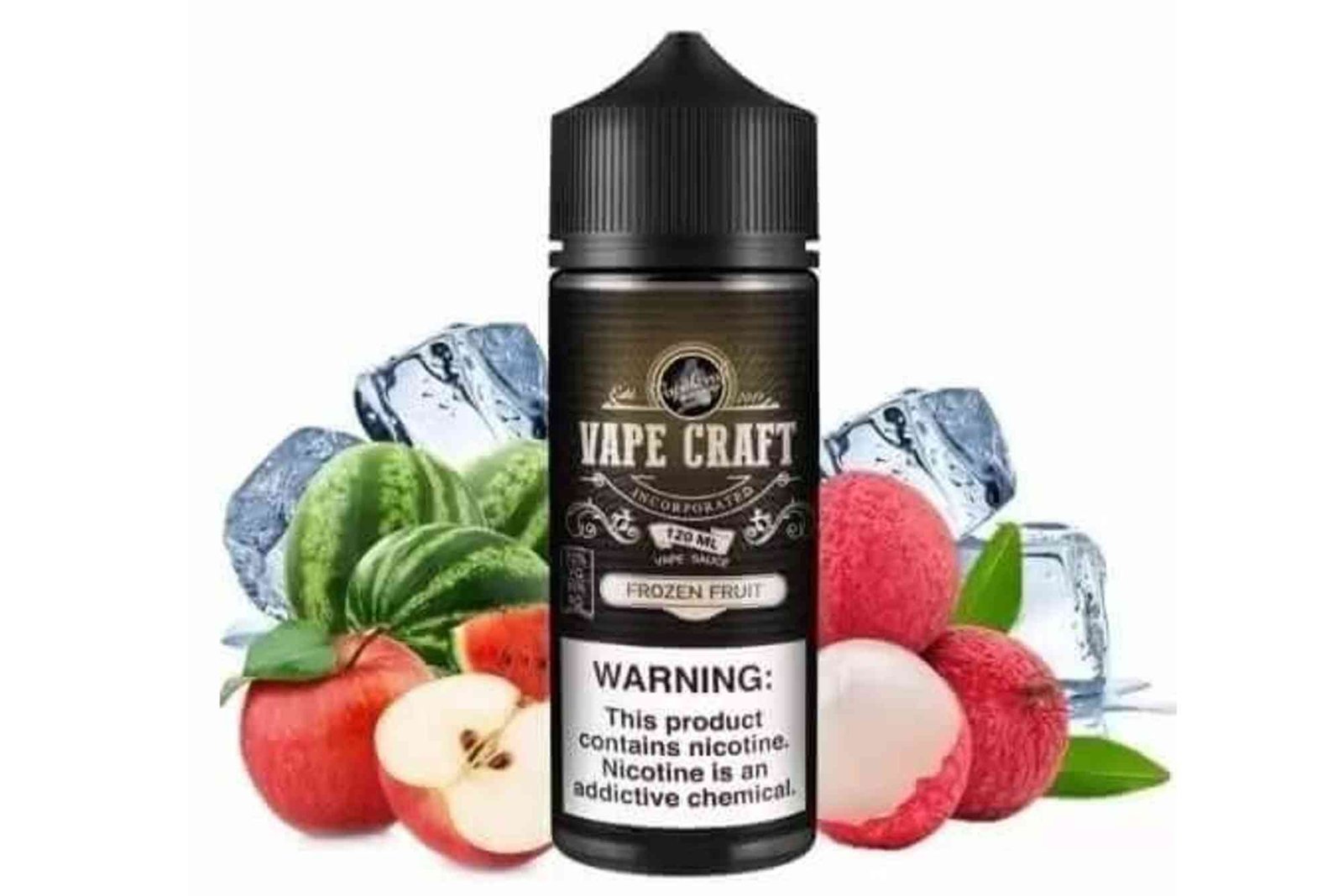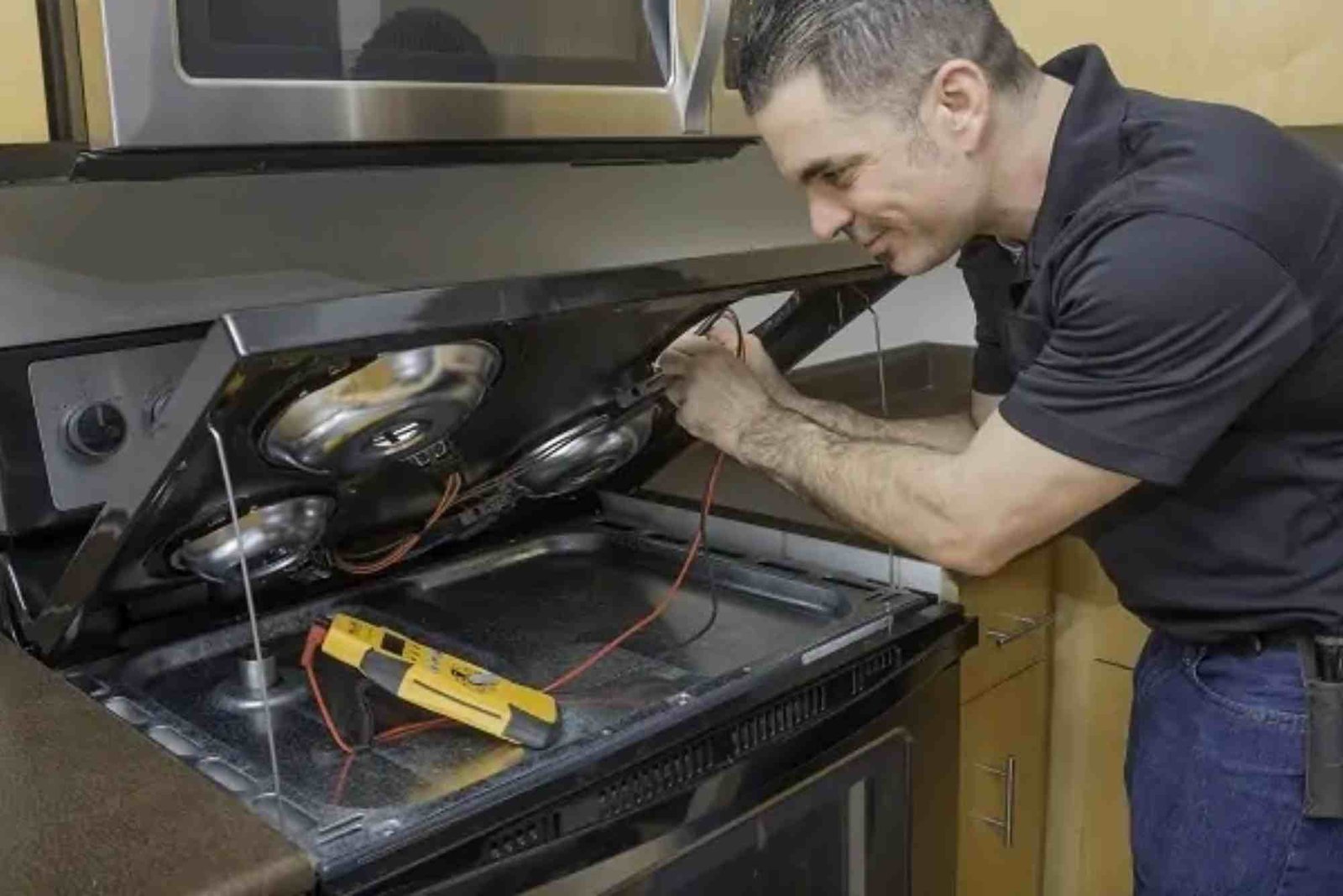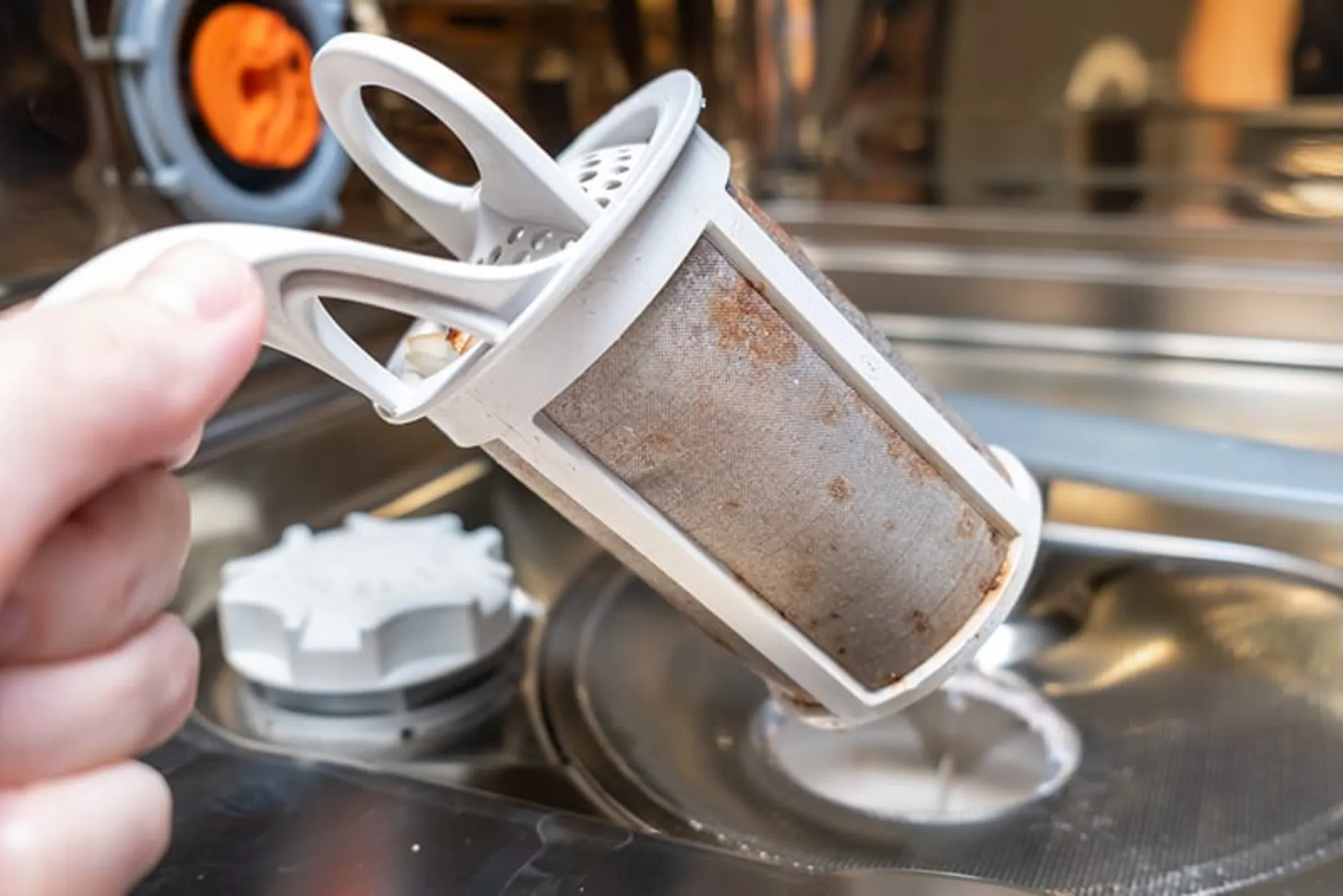Introduction
When you think of car safety, you might picture airbags or seat belts. But have you ever considered the role of automobile glass in protecting you? The type of glass used in cars is not just about visibility — it’s also about safety, comfort, and durability. Understanding which type of glass is often used in automobiles can help you make smarter decisions about maintenance, repair, and replacement.
In this guide, we’ll explore the different types of automotive glass, why certain materials are preferred, and practical tips to ensure your car glass stays safe and functional.
Understanding Automobile Glass
Modern vehicles rely on advanced glass technology designed for strength, visibility, and safety. Every piece of glass in your car, from the windshield to the rear window, serves a specific purpose. Automakers select different glass types depending on their function — balancing clarity, resistance, and protection.
The most common materials used are laminated glass and tempered glass. These are not just regular glass panes; they are engineered for extreme conditions like collisions, weather changes, and high-speed impacts.
Which Type Of Glass Is Often Used In Automobiles
The most common type of glass used in automobiles is laminated glass for windshields and tempered glass for side and rear windows. Each type is specially designed to perform under stress, offering a combination of visibility and safety.
Laminated Glass: The Windshield Standard
Laminated glass is made by bonding two sheets of glass with a thin plastic interlayer, usually polyvinyl butyral (PVB). This layer keeps the glass from shattering during accidents, protecting passengers from flying shards.
The key advantage of laminated glass is its ability to stay intact upon impact. Even when cracked, it holds together — maintaining structural integrity and preventing injuries. This is why windshields are almost always laminated.
Benefits of Laminated Glass
- Provides excellent safety by staying intact in crashes.
- Reduces noise from outside traffic.
- Blocks harmful UV rays.
- Enhances structural strength of the car body.
Because of these features, laminated glass is also being used in some side windows of luxury cars for added noise reduction and safety.
Tempered Glass: Strong and Shatter-Resistant
Tempered glass is used in side and rear windows. It undergoes a heat treatment process that makes it four to five times stronger than regular glass. When broken, it shatters into small, blunt pieces instead of sharp shards, minimizing injury risk.
Tempered glass is popular because it’s lightweight, durable, and inexpensive compared to laminated glass. It’s also easier to replace and provides good optical clarity.
Benefits of Tempered Glass
- Breaks into harmless pieces upon impact.
- Withstands temperature changes and pressure.
- Easy and affordable to replace.
- Offers reliable visibility and strength.
However, one drawback is that once tempered glass breaks, it cannot be repaired — it must be replaced entirely.
Why Automobile Glass Matters More Than You Think
Automobile glass does far more than provide visibility. It plays a crucial role in the safety, aerodynamics, and comfort of your vehicle.
Your windshield supports the roof’s structure, helps airbags deploy correctly, and protects passengers from debris. Side and rear windows maintain cabin pressure, noise insulation, and visibility. The right glass type can even improve your car’s fuel efficiency by optimizing aerodynamics.
Moreover, high-quality glass enhances UV protection, keeping your car’s interior cooler and preventing sun damage to upholstery.
Modern Innovations in Automobile Glass
Car manufacturers are continuously developing innovative glass technologies that combine safety with advanced functionality.
Acoustic Glass
Acoustic glass features an additional soundproof layer that reduces road noise and vibrations. It’s commonly found in high-end cars for a smoother and quieter driving experience.
Solar Control Glass
This type of glass blocks infrared radiation, keeping the car interior cool even on hot days. It helps reduce reliance on air conditioning, thus improving fuel efficiency.
Heated Windshields
In cold climates, heated windshields prevent fogging and ice formation. Embedded micro-heating elements quickly clear frost, ensuring visibility and convenience.
Heads-Up Display (HUD) Glass
Advanced cars now integrate HUD glass to project navigation and performance data directly onto the windshield, reducing driver distraction.
These developments are transforming car glass into multifunctional safety and comfort systems.
Practical Tips to Maintain Automobile Glass
Proper maintenance extends the life and performance of your car glass. Here are expert-backed tips for everyday care.
Regular Cleaning
Use a microfiber cloth and ammonia-free cleaner to wipe the inside and outside of the glass. Avoid harsh chemicals that can damage protective coatings.
Check for Chips and Cracks
Even small chips can spread quickly. Address them early with professional repair before they compromise visibility or safety.
Replace Wipers Frequently
Old or cracked wipers can scratch your windshield. Replace them every 6–12 months to prevent damage.
Avoid Sudden Temperature Changes
Don’t pour hot water on icy glass — it can cause cracks. Instead, use a defroster or a proper de-icing spray.
Choose Quality Replacements
If replacement is needed, always choose OEM (Original Equipment Manufacturer) or high-quality equivalent glass. Cheap alternatives may compromise safety standards.
Common Mistakes to Avoid
Many car owners unintentionally reduce their glass’s lifespan by making simple mistakes.
- Using rough cloths that leave micro-scratches.
- Ignoring minor chips, which grow into large cracks.
- Choosing low-quality glass replacements just to save money.
- Applying dark tints illegally, which may affect visibility and safety.
Avoiding these mistakes ensures your glass remains in top condition for years.
FAQs
Which type of glass is mostly used in car windshields?
Laminated glass is used in windshields because it doesn’t shatter upon impact, ensuring safety and visibility.
Are all car windows made of the same type of glass?
No. Windshields use laminated glass, while side and rear windows typically use tempered glass.
Can you repair a cracked windshield?
Yes, minor cracks and chips can often be repaired, but larger damage may require full replacement.
What’s stronger: tempered or laminated glass?
Tempered glass is stronger in terms of impact resistance, but laminated glass provides better safety since it doesn’t break apart.
Does automobile glass block UV rays?
Yes, laminated and solar control glass can block up to 99% of harmful UV radiation.
How much does it cost to replace a car windshield?
Costs vary by model and glass type, but expect to pay between $200 to $500 on average.
Is it safe to drive with a cracked windshield?
No, it’s unsafe. Cracks weaken the structure and can impair visibility. It’s best to repair or replace it immediately.
Automotive design has evolved from purely mechanical systems to high-tech, safety-focused engineering. The integration of laminated and tempered glass ensures not only driver protection but also overall vehicle efficiency.
For instance, luxury car brands now invest heavily in acoustic laminated glass for noise reduction and comfort. Meanwhile, budget-friendly cars use standard tempered glass for durability and cost efficiency.
To understand how automotive brands differ in their use of materials and marketing, check out this Related Automobile article. It offers insights into how brand identity connects with engineering innovation.
Sustainability is becoming a major concern in the automotive industry. Manufacturers are exploring recyclable glass materials and eco-friendly production processes. Modern glass is being designed to reduce energy consumption by improving thermal insulation, lowering a car’s carbon footprint.
You can Learn more about environmental regulations and safety standards related to automobile manufacturing from official government resources.
Your car’s glass is more than just a window to the world — it’s a shield that protects, insulates, and enhances your driving experience. Understanding which type of glass is often used in automobiles helps you appreciate the importance of proper maintenance and quality materials.







